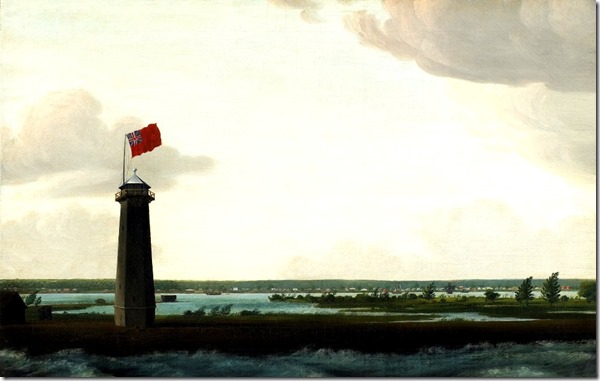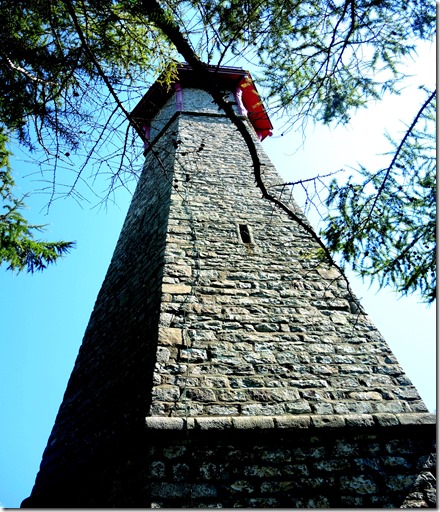The stone lighthouse on Gibraltar Point, on the Toronto Islands, is one of the city’s best preserved historical architectural structures. Gibraltar Point received its name from Governor Simcoe, who thought it resembled the Rock, at the entrance to the Mediterranean. The lighthouse hearkens back to the early days of York, when most immigrants and travellers to the small colonial town arrived by sailing ship, as the roads of Upper Canada (Ontario) were either non-existent or in such poor condition that for most of the year they were impassable. During those years, the Toronto Islands of today formed a peninsula, as the eastern gap did not exit. Therefore, all ships entered the harbour from the west, and a lighthouse was needed as the waters were treacherous due to treacherous shoals.
As a result, in 1808, the 16 March edition of York’s Gazette newspaper announced: “It is with pleasure we inform the public that the dangers to vessels be avoided by the erection of a Lighthouse on Gibraltar Point, which is to be immediately completed, in compliance with an Address of the House of Assembly to the Lieutenant-Governor,” who was Sir Francis Gore.
Henry Scadding’s book, “Toronto of Old,” published in 1873, stated: “We have understood that the lighthouse was begun at the point of York Peninsula before the close of the last century : that the Mohawk was employed in bringing over stone for the purpose from Queenston; and that Mr. John Thompson, still living in 1873, was engaged in the actual erection of the building. It was perhaps then begun [c. 1798].”
When renewed construction commenced in 1808, the site was only eight metres from the shoreline of the lake. Local materials were used in the construction, and the stones were shipped from Queenston, from a quarry near Niagara Falls. At its base, the lighthouse walls are almost two metres thick. In 1832, stone from Kingston was used to extend the lighthouse from 52 feet to a height of 82 feet.
When completed in 1809, the flames from its wick lamps, fuelled by whale oil, were visible many kilometres out into the lake. In that year, it was the only light visible at night in York, when settlers gazed south toward the harbour. Large flags were raised at the top of the structure to alert the soldiers at Fort York that a vessel was approaching the town. In 1878, a mechanism was installed to convert the lamps to a revolving light. George Durman, the lighthouse keeper at the time, rewound the mechanism every 48 hours. During the years ahead, the lamps employed coal oil, and its 1917 it was electrified. In 1945, the light atop the towering structure was changed from white to green to distinguish it from the bright lights of the city.
In 1957, the structure ceased to be a functioning lighthouse. It was replaced by the Department of Transport (federal) with a fully automated, modern skeletal tower. In 1958, ownership of the tower was transferred to the Metropolitan Parks Department, and today is an integral part of the Toronto Island Park.
Today, children are fascinated by the story that the lighthouse is haunted. History states that its first lighthouse keeper, J. P. Rademuller, disappeared in 1815 and no trace of him was found. It was rumoured that three soldiers, who were from a blockhouse a mile north the lighthouse, visited him on the night of his disappearance. It was said that they quarrelled over liquor, and the soldiers beat Rademuller to death with their heavy belt buckles. They buried their victim in the sand nearby. Years later, parts of a skeleton were found near the base of the lighthouse. During the years, people have claimed that they saw mysterious lights and shadows, as if someone was moving about inside the structure. It all makes for a great story, especially since the mystery of the disappearance of the lighthouse keeper was never solved.
Information Sources:
Plaques on site at the lighthouse, installed by Heritage Toronto
Historic Toronto, published by the Toronto Civic Historical Society, 1953
Toronto- No Mean City, Eric Arthur, University of Toronto Press, 1965
Toronto of Old, Henry Scadding, published in 1873
Sketch from “Historic Toronto,” published by the Toronto Civic Historical Society in 1953. It shows the lighthouse when it was directly beside the water.
This undated photo appears in Eric Arthur’s book, “Toronto—No Mean City,” published by University press in 1965.
The structure that held the lamps (left) and the stones shipped from Queenston (right)
Doorway of the lighthouse
The lighthouse and the light-keeper’s house, when several other families resided nearby. Photo, City of Toronto Archives.
“View of York c. 1816”—painting by Robert Irving, (Collection of the Art Gallery of Ontario).
To view the Home Page for this blog: https://tayloronhistory.com/
To view other posts about the history of Toronto and its buildings:
The Ellis Building on Adelaide Street near Spadina Ave.
The Heintzman Building on Yonge Street, next to the Elgin Theatre
The tall narrow building at 242 Yonge Street, south of Dundas
https://tayloronhistory.com/2013/07/10/torontos-architectural-gems242-yonge-st-south-of-dundas/
Toronto’s first Reference Library at College and St. George Streets.
The Commodore Building at 315-317 Adelaide St. West
The Graphic Arts Building (condo) on Richmond Street
The Art Deco Victory Building on Richmond Street
The Concourse Building on Adelaide Street
The old Bank of Commerce at 197 Yonge Street
The Traders Bank on Yonge Street—the city’s second skyscraper
https://tayloronhistory.com/2013/05/22/torontos-architectural-gemstraders-bank-on-yonge-st/
Toronto’s old Union Station on Front Street, built in 1884
https://tayloronhistory.com/2013/05/18/torontos-lost-architectural-gemsthe-old-union-station/
St. Andrew’s Presbyterian Church at King and Simcoe Streets.
https://tayloronhistory.com/2013/05/13/torontos-architectural-gemshistoric-st-andrews-on-king-st/
The row houses on Glasgow Street, near Spadina and College Streets
https://tayloronhistory.com/2013/05/10/torontos-architectural-gemsrow-houses-on-glasgow-st/
The bank at Queen and Simcoe that resembles a Greek temple
The cenotaph at Toronto’s Old City Hall
https://tayloronhistory.com/2013/04/09/torontos-architectural-gemscenotaph-at-old-city-hall/
The magnificent Metropolitan Cathedral at King East and Church Streets
https://tayloronhistory.com/2013/04/02/torontos-architectural-gemsmetropolitan-cathedral/
St. Stanislaus Koska RC Church on Denison Avenue, north of Queen West
The historical St. Mary’s Church at Adelaide and Bathurst Streets
The Bishop’s (St, Michael’s) Palace on Church Street, Toronto
https://tayloronhistory.com/2013/03/02/torontos-architectural-gemsbishops-palace-on-church-street/
The Union Building at Simcoe and King Street West
https://tayloronhistory.com/2013/03/30/torontos-architectural-gemsthe-union-building-on-king-st/
The Ed Mirvish (Pantages, Imperial, Canon) Theatre, a true architectural gem on Toronto’s Yonge Street
The Waverly Hotel on Spadina near College Street.
https://tayloronhistory.com/2013/02/16/toronto-architectural-gemsthe-waverly-hotel-484-spadina/
The Art Deco Bank of Commerce building on King Street West.
The Postal Delivery Building, now the Air Canada Centre (ACC)
The Bellevue Fire Station on College Street
https://tayloronhistory.com/2013/02/14/torontos-architectural-gems-bellevue-fire-station/
The Bank of Nova Scotia at King and Bay Streets
Toronto’s old Sunnyside Beach
https://tayloronhistory.com/2013/02/01/a-pictorial-journey-to-sunnyside-beach-of-old-part-one/
https://tayloronhistory.com/2013/02/03/a-pictorial-journey-to-torontos-old-sunnyside-beach-part-two/
Toronto’s architectural gems—the Runnymede Library
https://tayloronhistory.com/2013/02/05/torontos-architectural-gems-runnymede-library/
Spadina Avenue – sinful, spicy and diverse
https://tayloronhistory.com/2012/09/28/sinfully-saucy-and-diversetorontos-spadina-avenue/
The Reading Building, a warehouse loft on Spadina Avenue
https://tayloronhistory.com/2013/01/20/torontos-architectural-gemsthe-reading-building-on-spadina/
The Darling Building on Spadina Avenue
https://tayloronhistory.com/2013/01/19/torontos-architectural-gemsthe-darling-building-on-spadina/
The amazing Fashion Building on Spadina Avenue
Toronto’s architectural gems – the Tower Building at Spadina and Adelaide Street
The Balfour Building at 119 Spadina Avenue
The Robertson Building at 215 Spadina that houses the Dark Horse Espresso Bar
An architectural gem – Grossman’s Tavern at Spadina and Cecil Streets
https://tayloronhistory.com/2012/11/08/architectural-gem-grossmans-tavern-at-377-9-spadina/Historic
History of the house that contains the Paul Magder Fur Shop at 202 Spadina
An important historic building that disappeared from the northeast corner of Spadina and College
Historic bank building on northeast corner of Spadina and Queen West
https://tayloronhistory.com/2012/12/02/torontos-architectural-gemsbank-at-spadina-and-queen-west/
History of the Backpackers’ Hotel at King and Spadina
https://tayloronhistory.com/2012/03/31/history-of-the-backpackers-hotel-at-king-and-spadina/
Hamburger corner – Spadina and Queen Streets
https://tayloronhistory.com/2012/10/10/torontos-hamburger-cornerwhere-is-it-and-why/
Lord Lansdowne Public School on Spadina Crescent
The Victory Burlesque Theatre at Dundas and Spadina
https://tayloronhistory.com/2012/09/08/the-sinful-victory-burlesque-theatre-at-dundas-and-spadina/
The Dragon City Mall on the southwest corner of Dundas and Spadina
https://tayloronhistory.com/2012/08/25/torontos-heritage-the-southwest-corner-of-queen-and-spadina/
Buildings on the west side of Spadina a short distance north of Queen Street.
History of the site of the Mcdonalds on northwest corner of Queen and Spadina
https://tayloronhistory.com/2012/08/27/mcdonalds-at-queen-and-spadina-on-an-historic-site/
A former mansion at 235 Spadina that is now almost hidden from view.
ttps://tayloronhistory.wordpress.com/2012/07/04/torontos-architectural-gems-is-this-one-a-joke/
Military hero of the War of 1812 lived near corner of Spadina and Queen West.
The Art Deco bus terminal at Bay and Dundas Streets.
Photos of the surroundings of the CN Tower and and the St. Lawrence Market in 1977
The old Dominion Bank Building at King and Yonge Street
The Canada Life Building on University and Queen Street West.
Campbell House at the corner of Queen Street West and University Avenue
A study of Osgoode Hall
https://tayloronhistory.com/2012/04/12/enjoying-torontos-architectural-gems-osgoode-hall/
Toronto’s first City Hall, now a part of the St. Lawrence Market
Toronto’s Draper Street, a time-tunnel into the 19th century
The Black Bull Tavern at Queen and Soho Streets, established in 1822
History of the 1867 fence around Osgoode Hall on Queen Street West at York Street
Gathering around the radio as a child in the 1940s
The opening of the University Theatre on Bloor Street, west of Bay St.
https://tayloronhistory.com/2012/02/24/the-opening-of-torontos-university-theatre-on-bloor-street/
122 persons perish in the Noronic Disaster on Toronto’s waterfront in 1949
Historic Victoria Memorial Square where Toronto’s first cemetery was located, now hidden amid the Entertainment District
https://tayloronhistory.com/2012/01/09/victoria-square-in-torontos-entertainment-district-is-a-gem/
Visiting one of Toronto’s best preserved 19th-century streets-Willcocks Avenue
The 1930s Water Maintenance Building on Brant Street, north of St. Andrew’s Park
Toronto’s architectural gems-photos of the Old City from a book published by the city in 1912
Toronto’s architectural gems in 1912
https://tayloronhistory.com/2012/12/04/torontos-architectural-gems-in-1912/
Toronto’s architectural gems – the bank on the northeast corner of Queen West and Spadina
https://tayloronhistory.com/2012/12/02/torontos-architectural-gemsbank-at-spadina-and-queen-west/
Photos of the surroundings of the CN Tower and and the St. Lawrence Market in 1977
The St. Lawrence Hall on King Street
https://tayloronhistory.com/2012/04/28/enjoying-torontos-architectural-gems-the-st-lawrence-hall/
Toronto’s streetcars through the past decades
https://tayloronhistory.com/2012/03/26/memories-of-torontos-streetcars-of-yesteryear/
History of Trinity Bellwoods Park
https://tayloronhistory.com/2012/04/09/the-history-and-beauty-of-trinity-bellwood-park/
A history of Toronto’s famous ferry boats to the Toronto Islands
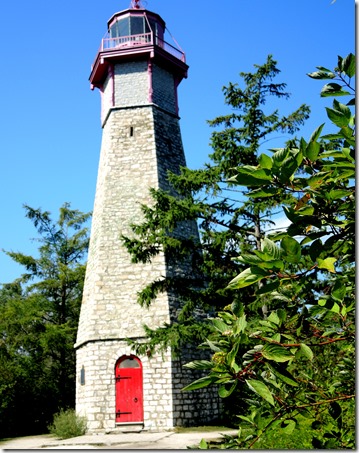

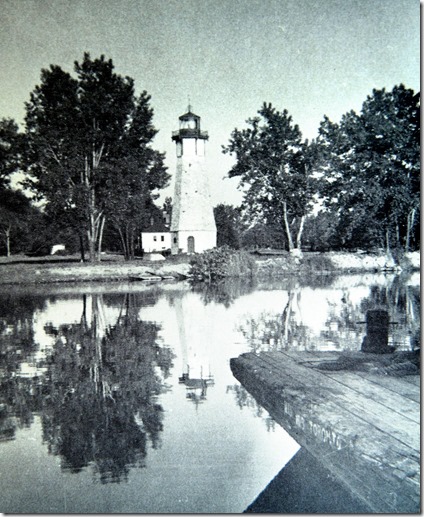
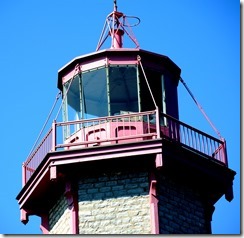
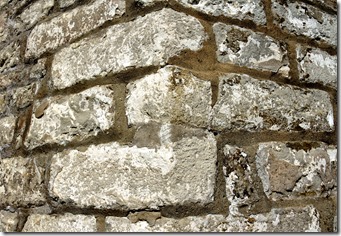
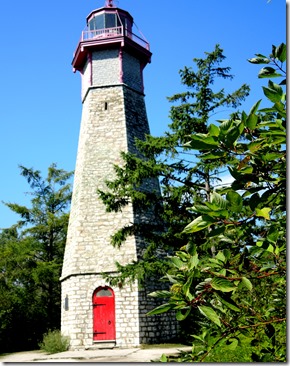
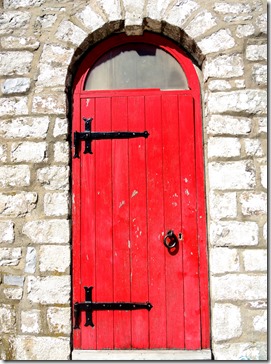
![f1231_it1015b[1] 1909 f1231_it1015b[1] 1909](https://tayloronhistory.com/wp-content/uploads/2013/08/f1231_it1015b1-1909_thumb.jpg)
